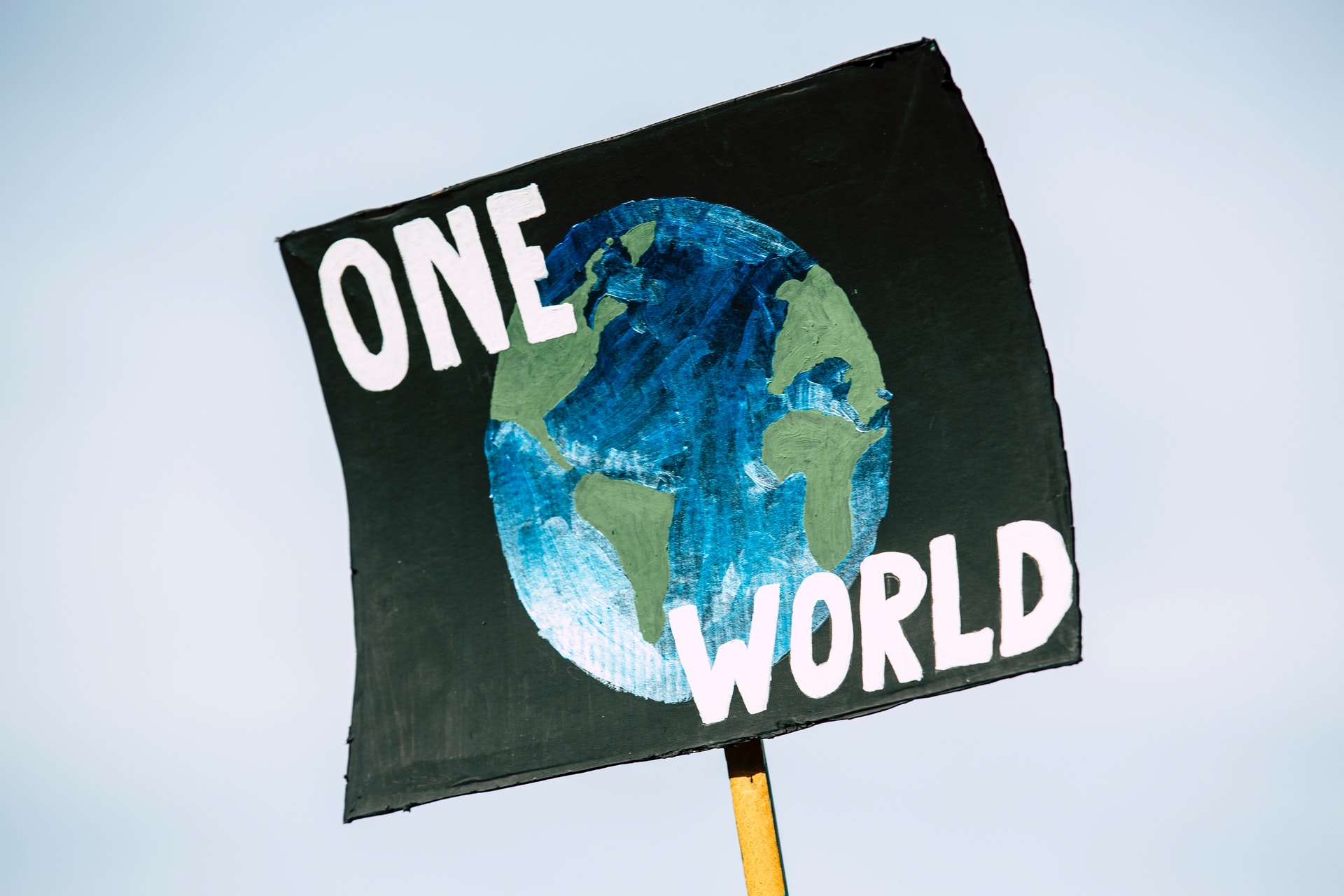What is COP26 and why is it important?

Climate change and sustainability are on everyone’s mind now the biggest summit of global leaders, COP26 has begun. But what is COP26 and why is it important? Read on to find out more about this historic event.
What is COP?
”COP” stands for “Conference of the Parties”. In the climate change space, the parties relate to the governments that signed the UN Framework Convention of Climate Change (UNFCCC). The signed governments meet annually to discuss how to jointly address the issue of climate change.
World leaders, government ministers and negotiators, but also representatives from business, civil society, organisations and the media who cover the event typically attend COP conferences.
A different country hosts each COP, with the first COP taking place in Berlin, Germany, in 1995.
The most recent event, COP25 in Madrid, saw activist Greta Thunberg make a speech which also led to protests from younger people frustrated at the lack of progress being made to fight climate change.
What is COP26?
As its name suggests, COP26 is the 26th climate change COP and will be hosted by the UK, in a partnership with Italy, at the Scottish Event Campus, Glasgow. It was originally supposed to take place in November 2020 but was postponed a year because of Covid-19. It will now take place on 31st October-12th November 2021 and is the biggest summit the UK has ever hosted.
Up to 25,000 people will attend the event while tens of thousands of campaigners and businesses will also hold events and protests.
Why is COP26 important?
COP26 is an important summit for governments to show how they will contribute to keeping temperature rises below the 1.5C threshold agreed in the Paris Climate Agreement and eradicating the use of fossil fuels.
It’s also the first meeting since the Covid-19 pandemic and countries are juggling their recovery from the pandemic alongside their climate change commitments.
1.5C Pledge Remains Important
At the Paris Climate Agreement, governments had to set various goals to combat climate change. Various countries have started to do this, including the UK. These are known as NDCs (nationally determined contributions) and are pledges made based on the size of cuts to emissions they will make.
Countries made the pledge to work to keep temperature rises below 1.5C. If the world warms higher than this threshold, millions of vulnerable communities could suffer from the impact of devastating weather changes which lead to droughts, floods, storms and more.
What will be decided at COP26?
Most countries will deliver their plans to reduce emissions, with some revealing their plans ahead of the summit. During the two weeks of the summit, we can expect to see a plethora of announcements made each day.
It’s expected that some of these announcements will relate to what needs to be implemented from the Paris Climate Agreement, but others could include:
- Making a quicker switch to electric vehicles
- Speed up removing the use of coal power
- Cutting down fewer trees
- Protecting more people from the impact of climate change.
At the end of the conference, a declaration is expected to be shared with every country signing up to it.
Climate change pledges
The wealthy countries of COP agreed at COP15 in 2009 to provide $100bn in financial support each year to support countries most affected by climate change. This pledge has yet to be met since this event. COP26 will be where a plan on how this commitment will be made.
Who is COP26 President?
The role of COP president rotates between the various regions. With the UK jointly hosting the event in Scotland with Italy, MP Alok Sharma currently sits in the role. This position gives the UK government a great opportunity to lead the way and push for other countries to set more ambitious climate goals.
COP26 and Challenge 2025
Challenge 2025 is a call for change and is here to highlight the dangers of petrol power tools and the harm they are causing our towns, cities, users of the tools and those around them. It’s expected that fossil fuels will be a major talking point at COP26, but often at these events smaller engines that use fossil fuels get overlooked in key decisions.
Through our research, we uncovered that 11x more carbon monoxide is emitted by a petrol leaf blower when compared to a Ford Fiesta. Meanwhile, a petrol brush cutter emits 4x more nitrogen oxide than a Ford Fiesta. World leaders can no longer overlook these incredibly dangerous tools and must do more to encourage consumers to make the switch.
With campaigners and ministers calling for the faster eradication of fossil fuels, making the switch to safer tools that give off zero emissions, such as battery-powered garden tools from EGO Power+, is more important than ever before.
What can people do for COP26 and beyond?
While COP26 is just a two-week event, it is hoped that key decisions will be made and will be implemented in the following years.
However, if you want to make a difference and help make a greener future you can:
- Make greener choices in your everyday life, from the car you drive to the food you eat
- Write to your local MP
- Complete Challenge 2025’s emissions calculator to see how harmful your petrol garden tools are and consider switching to battery
- Take up the challenge and download The Report today and back our campaign to switch to greener garden tools today.